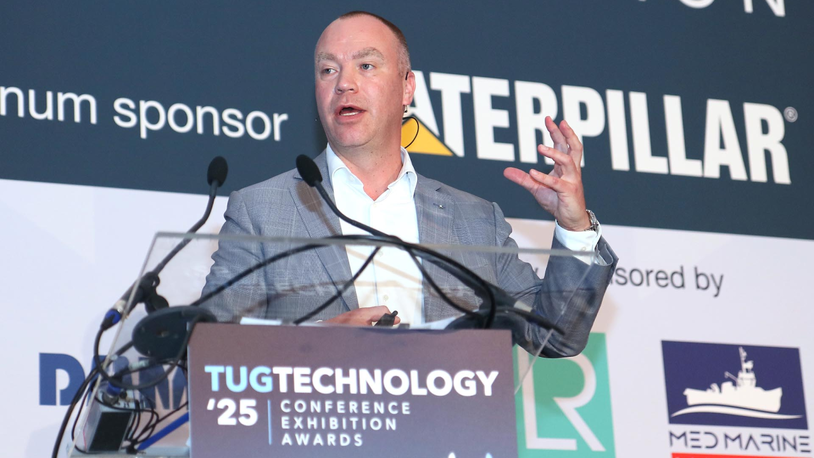Business Sectors
Contents
Class and authority approve industry-first remote control technology
Class has approved an industry-first remote control technology that reduces risks to tug crews and improves operational efficiency
Classification society ABS and the US Coast Guard (USCG) have approved technology for wirelessly controlling propulsion, auxiliaries and deck machinery on tugboats.
This comes as developments in autonomous and smart vehicles and vessels are presented and demonstrated at Americas’ largest commercial technology exhibition at CES 2020 in Las Vegas, Nevada.
ABS and USCG have approved Sea Machines Robotics’ SM200 commercial wireless helm for installation aboard US-flagged tugs that support articulated tug-barge (ATB) units.
This is an industry-first that enables remote control of below-deck and above-deck equipment from the wheelhouse or other locations that provide visibility and safety. SM200 enables remote manoeuvring of the tugboat, including connecting the vessel to the ATB barge.
During these operations, a master can be in full control of the tugboat and connecting pins with a direct local view of the task compared to conventional methods that rely on signals relayed from another crew member to the wheelhouse.
In addition, a SM200 beltpack provides wireless remote control of vessel equipment, including connection pins, pumps, winches and anchor windlasses.
Sea Machines chief executive Michael Johnson expects this approval will open new applications for its remote control technology.
“This approval will unquestionably be the first of many for a wide variety of vessel types,” he explained, “and is already fostering greater industry acceptance for this new realm of marine technology that boosts the capability, productivity, and safety of vessel operations.”
Sea Machines managed the ABS and USCG’s review process of SM200 in partnership with its Houston, Texas-headquartered dealer Rio Controls & Hydraulics.
Its president Shane Faucheux said Rio’s steering and control systems would be integrated with the wireless and remote control Sea Machines product suite for future projects.
Sea Machines’ SM series of products also includes SM300 computer-guided vessel controls already installed on Sharktech autonomous vessels. These aluminium monohull vessels are commanded from shore, or a second vessel, using SM300 controls within a 2-km range.
- Autonomy tested for oil spill removal
- Autonomous pilot boat demonstrated in US
- Alliance unveils autonomous vessel technology
Sea Machines has partnered with builder Metal Shark to produce these vessels for applications including fireboats, survey workboats, search-and-rescue, security and patrol craft, offshore wind support vessels and aquaculture workboats.
In Q3 2019, SM300 was tested on a vessel during an oil spill response trial in Portland, Oregon, US. These trials, organised by the US Department of Transportation Maritime Administration, validated using autonomous vessels to recover spilled oil in ports.
SM300 was used to remotely control the world’s first autonomous spill response vessel, owned by Marine Spill Response Corp (MSRC) and built by a collaboration between Vigor and Kvichak Marine Industries.
MSRC, as a not-for-profit USCG-classified organisation, intends to conduct further tests and adopt remote control technology for future oil spill removal.
Related to this Story
CMB.Tech 'positive' on IMO's new framework, hails ammonia as 'the way forward'
Events
Reefer container market outlook: Trade disruption, demand shifts & the role of technology
Asia Maritime & Offshore Webinar Week 2025
Marine Lubricants Webinar Week 2025
CO2 Shipping & Terminals Conference 2025
© 2024 Riviera Maritime Media Ltd.














